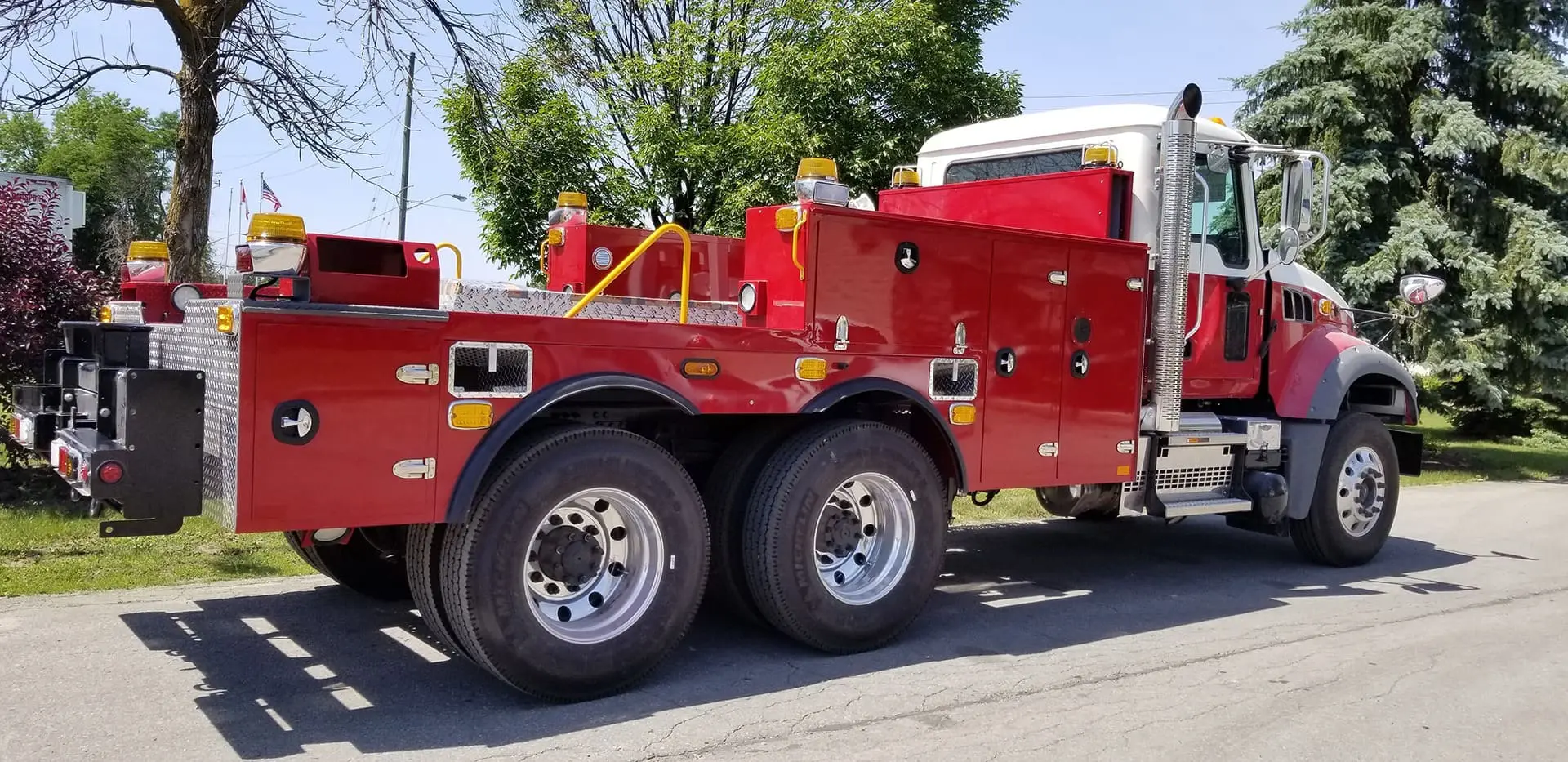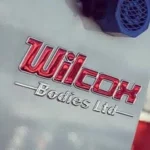 (888) 294-5269
(888) 294-5269
Upgrading Old Trucks with New Service Bodies: Benefits and Considerations

Upgrading Old Trucks with New Service Bodies: Benefits and Considerations
Truck bodies dependent businesses need to make important fleet upgrades because these decisions affect operational productivity as well as expenses and general operational efficiency. Organizations face the essential choice between buying fresh trucks or investing in multicomponent high-quality new service bodies to upgrade current vehicles. The replacement of truck bodies shows promise as a financially strategic solution to improve existing fleet functionality which advances truck service longevity.
The article discusses both strengths and limitations of new service bodies which companies use to update their older trucks. High-quality replacement service bodies provide businesses from different industries with three primary advantages which include extended durability alongside enhanced efficiency and maximized return on investment (ROI).
The Benefits of Upgrading Old Trucks with New Service Bodies
Cost Savings
The main objective of companies lies in cost-reduction thus they opt for service body replacements over new truck purchases. The complete cost of buying a new truck vehicle with complete necessary equipment exceeds the price of service body replacement for any truck. The acquisition of a new service body allows businesses to avoid major vehicle buying costs while maintaining their operational potential.
Extended Truck Lifespan
A properly cared-for vehicle structure and propulsion system has the potential to function for several years despite the service body becoming obsolete. Changing service bodies enables companies to maintain their trucks for longer periods because the truck operates longer without needing full replacement costs. The value of this option specifically supports companies that maintain expensive specialized trucks.
Customization to Meet Business Needs
New service bodies offer opportunities for customization to align with specific business operations. Companies can choose from a variety of storage compartments, tool racks, shelving options, and lifting mechanisms to optimize their work truck for maximum efficiency. Custom solutions can help improve workflow, ensure tools and equipment are easily accessible, and enhance overall productivity.
Sustainability and Environmental Responsibility
By replacing the service body rather than the entire vehicle, businesses reduce the environmental impact associated with manufacturing and disposing of full truck units. The production of new vehicles consumes significant raw materials and energy, contributing to carbon emissions. Opting for a high-quality replacement body instead of a full truck replacement aligns with sustainable business practices and supports eco-friendly fleet management.
Reduced Downtime and Faster Turnaround
Ordering a brand-new truck can take months due to production schedules, supply chain delays, and customization requirements. In contrast, replacing an existing truck body is a much faster process, allowing businesses to keep their fleet operational with minimal downtime. This ensures that work continues uninterrupted and prevents lost revenue due to prolonged truck unavailability.
Retaining Familiarity with Existing Equipment
When upgrading with a new service body, businesses retain the chassis, drivetrain, and other mechanical components of their existing trucks. This means that operators and drivers do not need to adjust to new controls or vehicle handling. Keeping familiar equipment in service reduces the learning curve, eliminates additional training costs, and ensures seamless fleet integration.
Considerations before Upgrading Old Trucks with New Service Bodies
While upgrading trucks with new service bodies presents numerous benefits, businesses must evaluate several key factors before making a decision.
Mechanical Condition of the Existing Truck
Before investing in a new service body, it is essential to assess the condition of the truck’s engine, transmission, suspension, and other critical mechanical components. If the chassis and drivetrain are still in good condition, a service body replacement is a smart investment. However, if the truck has ongoing mechanical issues, frequent breakdowns, or excessive mileage, replacing the entire vehicle may be a more cost-effective long-term solution.
Comparing Costs: Upgrading vs. Buying New
Businesses should conduct a thorough cost-benefit analysis before proceeding with an upgrade. This includes considering:
- The cost of a new service body
- Installation and labor costs
- Expected maintenance expenses of the existing truck
- The potential resale value of the upgraded truck
In some cases, purchasing a new or lightly used truck may offer better long-term value, particularly if fuel efficiency and advanced technology are priorities.
Compliance with Industry Regulations
Trucks must comply with evolving safety, emissions, and operational regulations. Older trucks may not meet modern industry standards, and even with a new service body, they could still face compliance challenges. Businesses should verify that their upgraded trucks align with local and federal regulations to avoid fines, restrictions, or increased insurance costs.
Availability of Replacement Parts
As trucks age, finding replacement parts for key components such as engines, transmissions, and electrical systems can become increasingly difficult. Businesses must consider whether parts for their existing fleet are readily available or if they will face challenges in securing necessary repairs in the future.
Expected Future Business Needs
Companies should consider their long-term operational goals when deciding whether to upgrade old trucks with new service bodies. If business growth or new service requirements demand increased payload capacity, advanced safety features, or fuel-efficient technologies, investing in newer trucks may be a more strategic move.
Choosing the Right Service Body Manufacturer
Selecting a high-quality service body is crucial to maximizing the benefits of an upgrade. A reputable manufacturer, such as Wilcox Bodies, offers durable, high-performance service bodies designed to withstand demanding work conditions. Features to look for in a premium service body include:
- Heavy-duty construction: Built with high-quality materials to withstand harsh environments.
- Corrosion-resistant design: Ensures long-term durability against rust and wear.
- Custom configurations: Tailored storage and accessory options for specific industry needs.
- Seamless integration: Designed to fit existing truck chassis without extensive modifications.
Conclusion: Making the Right Investment
Upgrading old trucks with new service bodies offers businesses a cost-effective, sustainable, and customizable solution for extending fleet lifespan and enhancing functionality. While this approach provides significant advantages such as cost savings, faster turnaround, and environmental benefits, it is essential to assess the mechanical condition of existing trucks, compare long-term costs, and ensure compliance with industry regulations.
For businesses seeking durable and high-quality service bodies, Wilcox Bodies provides expert solutions that enhance fleet performance, improve efficiency, and maximize return on investment. By choosing a trusted manufacturer, companies can ensure their trucks remain reliable, functional, and visually appealing for years to come.
Contact Wilcox Bodies today to explore custom solutions that will extend the lifespan of your fleet and improve operational efficiency.



